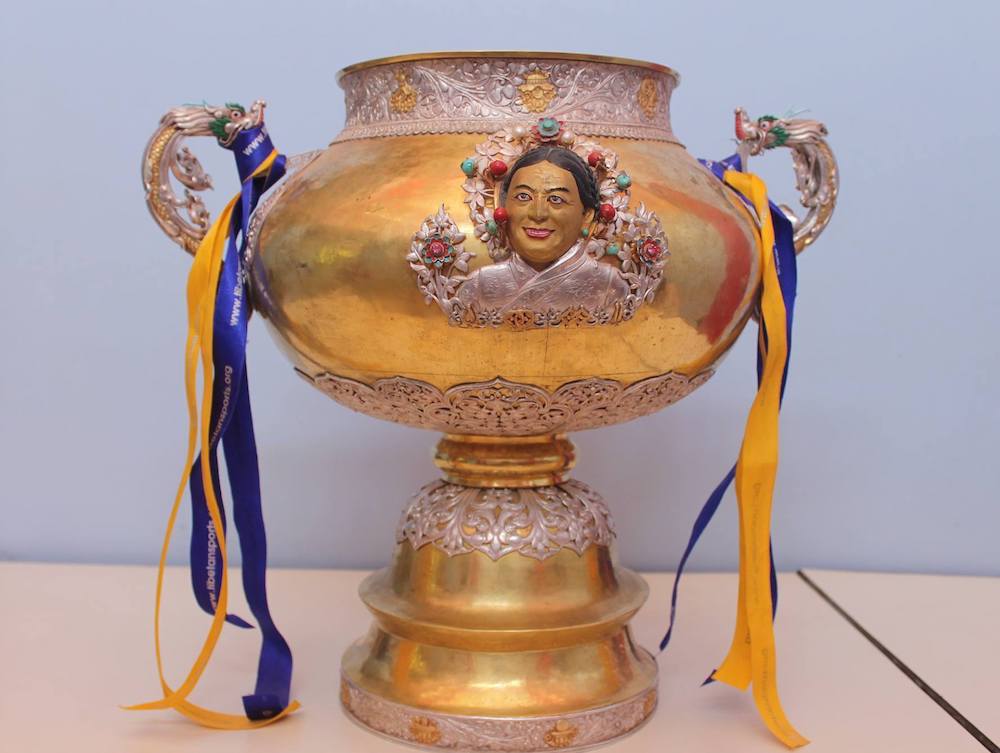By Anne Weltmer
The Dalai Lama’s personal physician acknowledges Western medicine’s importance but still prefers Tibetan medicine and believes in its effectiveness.
“Only Tibetan medicine is not sufficient,” Dr. Dawa Dolma said. “We don’t have facilities for emergencies.”
Dolma, the 14th Dalai Lama’s personal physician, spoke Tuesday night at the Hall Center for the Humanities about the nature and history of Tibetan medicine.
She said that while the United States was starting to look at more holistic medicine, Tibet was welcoming Western medicine and training their students in both methods. Western medicine can help injuries and accidents better because Tibetan medicine does not work in a way that can treat those problems, she said.
She said Tibetan medicine is the “fusion of science, art and philosophy.” The five elements of life are earth, air, water, fire and space. Tibetan medicine is based on the three humors of rLung, or the relationship of the mind and body; mTrispa, or physical things like hunger, body heat, and complexion; and Bad-kan, or the firmness of the body based on water and earth elements. When the three humors are disturbed, a person becomes ill.
Tibetan medicine uses visual observation, touch and interrogation of the patient to reveal his or her medical history and find the cause of the problem. Whereas Western medicine is based upon signs and symptoms, Tibetan medicine is based upon causes.
Once the cause is found, the treatment can be given. Treatments can be dietary, behavioral, medical, or other therapies like massage, spring baths, blood letting or moxubution. Moxubution can be used for many chronic illnesses, including arthritis, and is executed by placing herbs on specific points on the body then burning them.
Dolma said many patients couldn’t stand the full intensity of the pain, so they had to perform several mild treatments instead of a single heavy one.
Medicines range from medicinal wines to herbal compounds.
Dolma said Tibetans recognized 404 diseases. Of them, 101 are curable by themselves, 101 are curable with treatment, 101 are mental diseases related to an evil spirit, and the rest are related to Karma. Karma-related illnesses have to do with what patients did in a previous life and are sometimes incurable.
Although many think of Tibetan medicine as Buddhist, it has its roots deeper than Buddhism does in Tibet. It’s almost as old as the civilization itself.
Today, the 14th Dalai Lama established the medical center, Men Tsee Khang, in Dharamsala, India. After the 1949 Chinese invasion, many doctors were imprisoned and died. In exile, the Dalai Lama opened the facility with one room and few doctors. Now there are over 300 doctors and 45 branch clinics treating people with holistic, and sometimes ancient, medical techniques that sometimes work better than Western medicine can.









